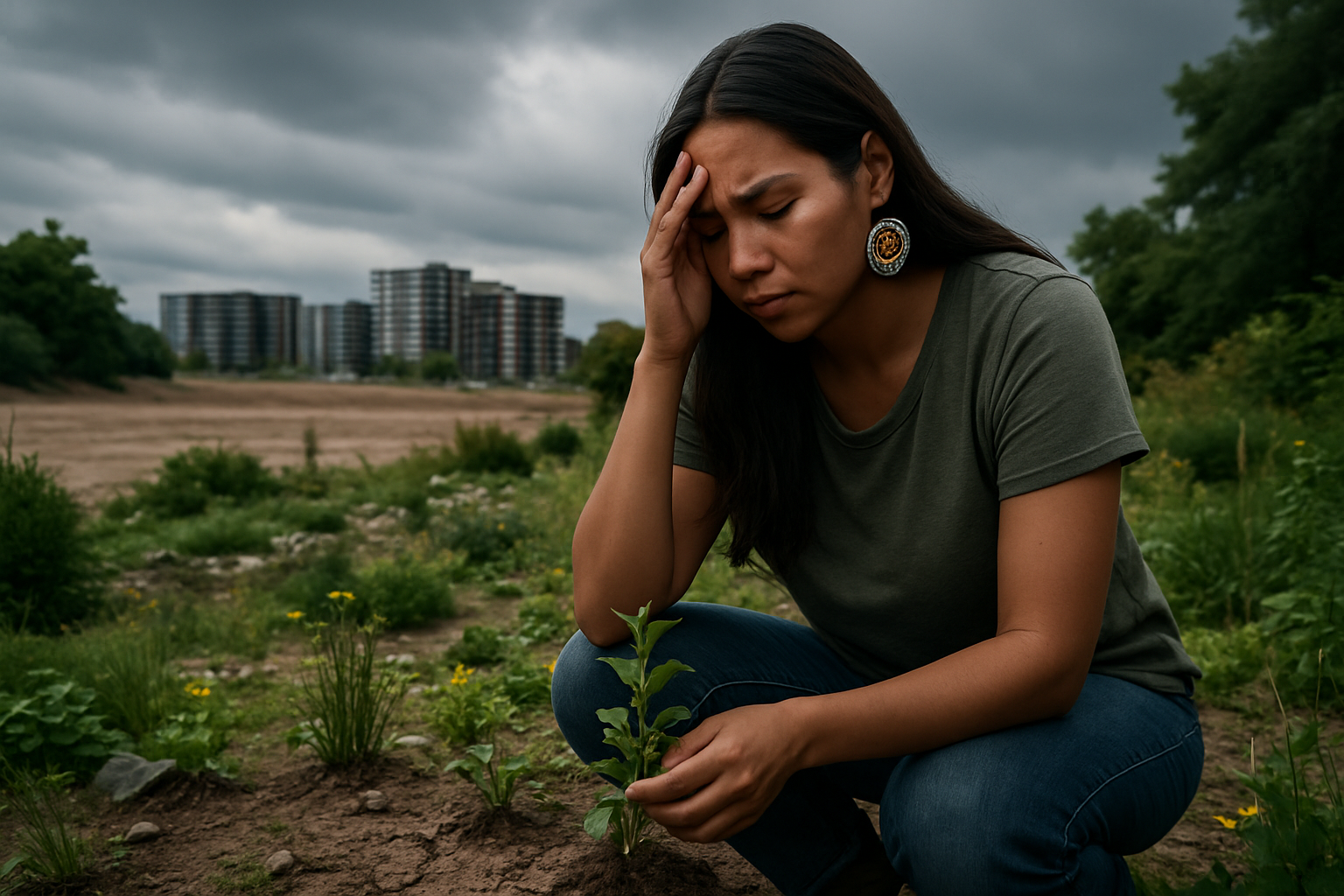Solastalgia: The Hidden Emotional Toll of Environmental Change
The world around us is changing at an unprecedented rate, and with it, our emotional connection to place. This article delves into the concept of solastalgia, a term that captures the distress caused by environmental change. Read below to explore how this emerging phenomenon is reshaping our relationship with the world and impacting mental health on a global scale.

The Genesis of Solastalgia
The term solastalgia emerged from Albrecht’s work with communities in New South Wales, Australia, where open-cut coal mining was dramatically altering the landscape. Residents reported feelings of homesickness despite still living in their homes, a paradox that existing psychological frameworks struggled to explain. Albrecht recognized this as a unique form of place-based distress, distinct from more familiar concepts like nostalgia or eco-anxiety.
As climate change intensifies, solastalgia has become increasingly relevant worldwide. From coastal communities facing rising sea levels to urban dwellers witnessing rapid gentrification, the phenomenon transcends geographical and cultural boundaries. It speaks to a fundamental human need for environmental stability and the psychological toll of losing familiar surroundings.
The Psychological Mechanics of Solastalgia
At its core, solastalgia is about the disruption of place attachment, a psychological bond between people and their environments. This attachment forms through positive experiences, memories, and the sense of identity derived from a particular place. When that place undergoes significant change, it can trigger a profound sense of loss and disorientation.
Neuroscience research suggests that our brains are wired to find comfort in familiar environments. Changes to these environments can activate stress responses, leading to anxiety, depression, and a decreased sense of wellbeing. Solastalgia taps into this neurological reality, explaining why environmental changes can have such a profound impact on mental health.
Manifestations Across Different Contexts
While often associated with climate change, solastalgia can arise from various forms of environmental alteration. In urban settings, rapid development and gentrification can erase familiar landmarks and disrupt community bonds. Rural areas may experience solastalgia through changing agricultural practices or the loss of traditional industries.
Indigenous communities often face particularly acute solastalgia, as their cultural identities are deeply intertwined with specific landscapes. The destruction of sacred sites or traditional hunting grounds can have devastating psychological effects, compounding historical traumas.
Even positive changes can trigger solastalgia. For instance, renewable energy projects, while beneficial for the environment, can dramatically alter landscapes, leading to conflicted emotions among local residents who support clean energy but mourn the loss of familiar vistas.
Coping Strategies and Resilience
As awareness of solastalgia grows, so too do efforts to address its impacts. Mental health professionals are developing targeted interventions that acknowledge the unique nature of place-based distress. These approaches often involve helping individuals reframe their relationship with changing environments and find new sources of place attachment.
Community-based initiatives have proven particularly effective in building resilience against solastalgia. Projects that involve residents in local environmental decision-making or restoration efforts can help maintain a sense of agency and connection to place. Similarly, efforts to document and preserve local histories and traditions can provide emotional anchors amid physical changes.
The Broader Implications for Society
Solastalgia challenges us to rethink our approach to environmental management and urban planning. It underscores the need for development strategies that consider not just economic and ecological factors, but also the psychological wellbeing of affected communities. This could lead to more holistic, human-centered approaches to addressing climate change and other environmental challenges.
Moreover, the concept of solastalgia offers a powerful lens through which to examine broader societal issues. It highlights the deep connections between mental health, community wellbeing, and environmental stewardship. As such, it has the potential to bridge divides between environmental and social justice movements, fostering more integrated approaches to tackling global challenges.
In conclusion, solastalgia represents a critical frontier in our understanding of human-environment relationships. As we navigate an era of unprecedented global change, recognizing and addressing this form of emotional distress will be crucial for building resilient communities and fostering sustainable development. By acknowledging the profound impact of place on our psychological wellbeing, we can work towards creating a world that nurtures both environmental and human flourishing.





